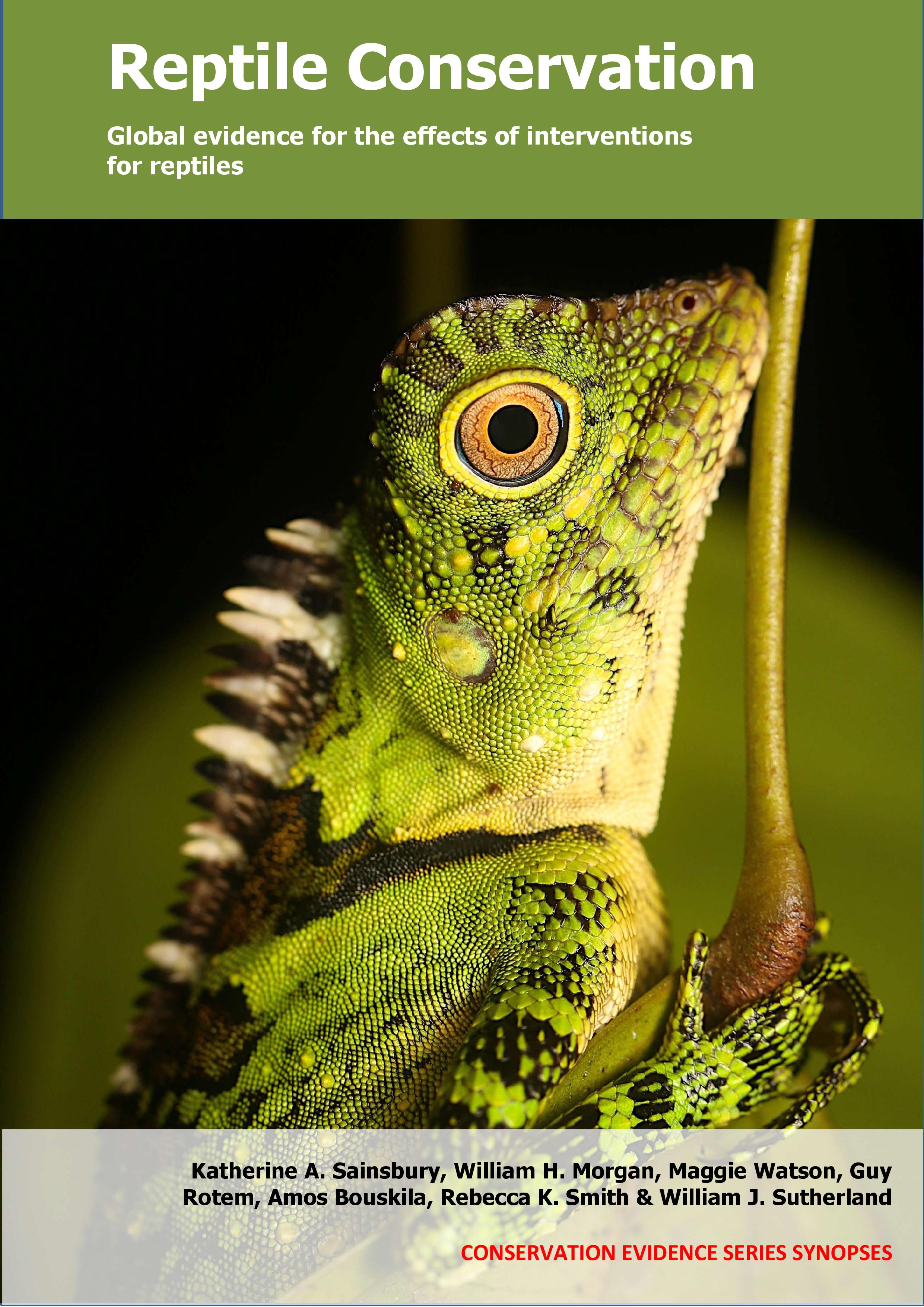Use prescribed burning: Wetland
-
Overall effectiveness category Awaiting assessment
-
Number of studies: 2
View assessment score
Hide assessment score
How is the evidence assessed?
-
Effectiveness
not assessed -
Certainty
not assessed -
Harms
not assessed
Study locations
Supporting evidence from individual studies
A controlled study in 2005–2010 in a mixed coastal wetland, grass and scrubland and woodland habitat in California, USA (Thompson et al. 2013) found that four years after prescribed burning, western yellow-bellied racer snake Coluber constrictor mormon abundance was lower in burned than unburned sites, but that abundance was similar in burned and unburned sites from five years after burning took place. Four years after prescribed burning, western yellow-bellied racer snake abundance was lower (2008: 17 snakes/trap array) compared to unburned sites (49). In the fifth and sixth years after burning, snake abundance was similar in burned and unburned sites (2009 burned: 16 snakes/trap array vs. unburned: 25; 2010 burned: 19 vs. unburned: 30). Prescribed burns were carried out in a 213 ha area in autumn 2005 (64 ha) and 2006 (67 ha). Reptiles were surveyed in burned and adjacent unburned areas using traps, observation and coverboards. Traps were set in March–August 2007–2010 (277–1,140 trap days/year). Caught snakes (692 total individuals) were individually marked using PIT tags. Too few individuals were caught in the 2006 burn site to be included in analysis.
Study and other actions testedA replicated, randomized, controlled study in 2004–2006 in a seasonal wetland in Queensland, Australia (Bower et al. 2014) found that overall reptile and amphibian abundances were not affected by burning to remove invasive non-native para grass Urochloa mutica, but that the abundance of one skink species Lampropholis delicata was reduced in burned areas. When burns were carried out to control non-native para grass, overall reptile and amphibian abundance was similar to unburned plots (results presented as statistical model outputs) but abundance of Lampropholis delicata was lower in burned plots (3 skinks/plot) compared to unburned plots (14 skinks/plot). Para-grass dominated habitat in a conservation park (3,245 ha) was divided into plots (200 x 300 m each) that were either burned or unburned (3 plots/management type). Burning took place in August 2004, September 2005 and November 2006. Reptile and frog communities were sampled four times between 2005–2007 using three pitfall/funnel trap arrays/plot (see original paper for details). Reptiles were individually marked by toe clipping prior to release.
Study and other actions tested
Where has this evidence come from?
List of journals searched by synopsis
All the journals searched for all synopses
This Action forms part of the Action Synopsis:
Reptile Conservation
Reptile Conservation - Published 2021
Reptile synopsis





)_2023.JPG)














